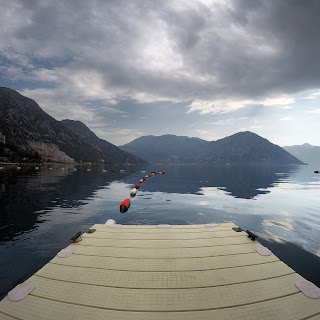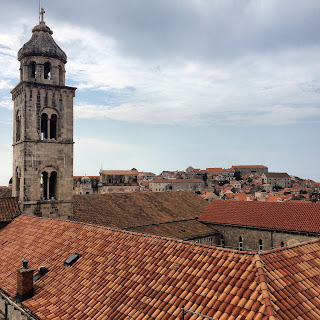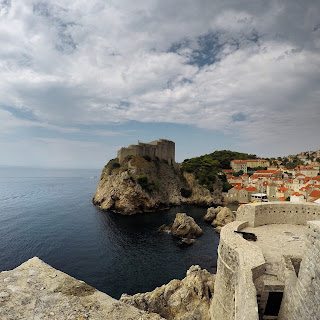It may have only been a standalone country since 2006, but what
Montenegro lacks in age it more than makes up for in beauty and charm.
Previously a part of Yugoslavia and then Serbia and Montengro, the small
country of under 650,000 boasts some of the most beautiful coastal towns in all
of the Adriatic Sea area.
Lonely Planet has recently ranked the fortified town of Kotor as its top
destination to visit in 2016 and it’s easy to see why.
Kotor is situated in a fjord like bay with the towering limestone cliffs
of Mount Lovćen
looming all around, providing a stunning backdrop to be absorbed from the
various settlements dotted along the water’s edge.
The compact old town area
wows visitors with its quaint, cobbled streets, ancient churches and array of
quirky boutiques.
Although Montenegro receives
a far smaller number of visitors than its illustrious neighbour Croatia, the
bargain prices and breath taking scenery make it every bit as appealing.
We were fortunate enough to join an organised tour and spend a morning
taking in the bay in all its glory.
We enjoyed a hearty lunch and leisurely stroll around Kotor before
moving onto the slightly more developed and marginally less picturesque Budva.
Budva’s walled old town is smaller than that of Kotor and its
surroundings are somewhat marred by hotels and development built to cater for
its annual influx of primarily Russian citizens.
That said, Budva still possesses a charm and visitors are able to bathe
or swim on sandy coastline that backs on to the crumbling old town walls,
allowing for some incredible ocean views.
The Montenegrin economy may still be finding its feet but its mini
tourism boom bodes well for the future. With thousands of visitors unable to
resist its awe-inspiring scenery and cheap prices, the country should well end
up cropping up on more and more travel itineraries over the next few
years.

















